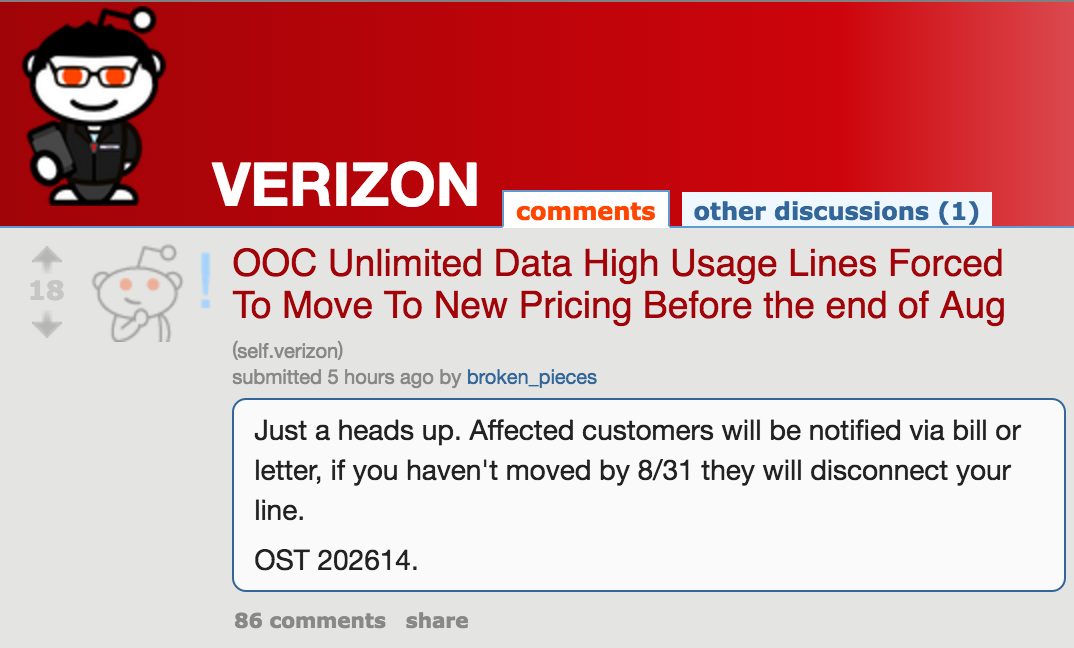

Turned off by default, users can create backups that are placed in a separate area of their Google Drive, though this does all come out of the same pot of total storage, which starts at a decent 15GB for free accounts. In an effort not to lose out against competition like iDrive, Google’s desktop clients also have computer backup functions. Much like Dropbox and Box, there are tools like mind map (opens in new tab) designers and document converters, so combined with Google’s own apps, most bases should be covered.

With a focus on productivity and collaboration, it should come as no surprise that there’s a healthy number of third-party integrations that are available. It’s a great piece of software with network and proxy settings, which integrates well with most computers’ file management systems. If your intention is to work from Apple’s suite - or Microsoft Office - you may find the desktop client to be more suitable.

While they’re among some of the best apps out there, we would like to see downloadable versions like Apple’s free Pages, Numbers, and Keynote. Sharing files here is easier in our experience, and the company’s own word processing apps ( Docs, Sheets, and Slides) are only available here. On that note, most users will find themselves using the browser portal for most tasks. In fact, Chromebooks that run on the company’s Chrome OS typically come with as little as 64GB onboard storage, because most things are dealt with online. Google Drive (opens in new tab) is primarily a cloud storage solution that aims to take away the need for a physical hard drive (or at least a large one). This is great in the case of network limitations. Depending on the membership tier, paying subscribers can get one or three free physical backups sent to them in the mail within a week, on a temporary storage device. What sets this company out above all others is the so-called iDrive Express. The mobile apps are less featureful, but photo library backups come into their own when a subscriber finds themselves on holiday or away from their main computing devices, where they can free up some storage so long as they have an Internet connection. Inside the desktop clients - which you’ll need to create backups of your computer - there are controls for things like bandwidth throttling and file exclusion, but given that the personal plans come with a generous amount of data, most users will be better off leaving iDrive to its own devices. The overall experience and user interface feels a bit 2010s by today’s standards, but while it may not be as slick as the likes of BackBlaze (which handily resides inside your computer’s settings environment rather than its own app), it’s full of features and remains cost effective.


 0 kommentar(er)
0 kommentar(er)
